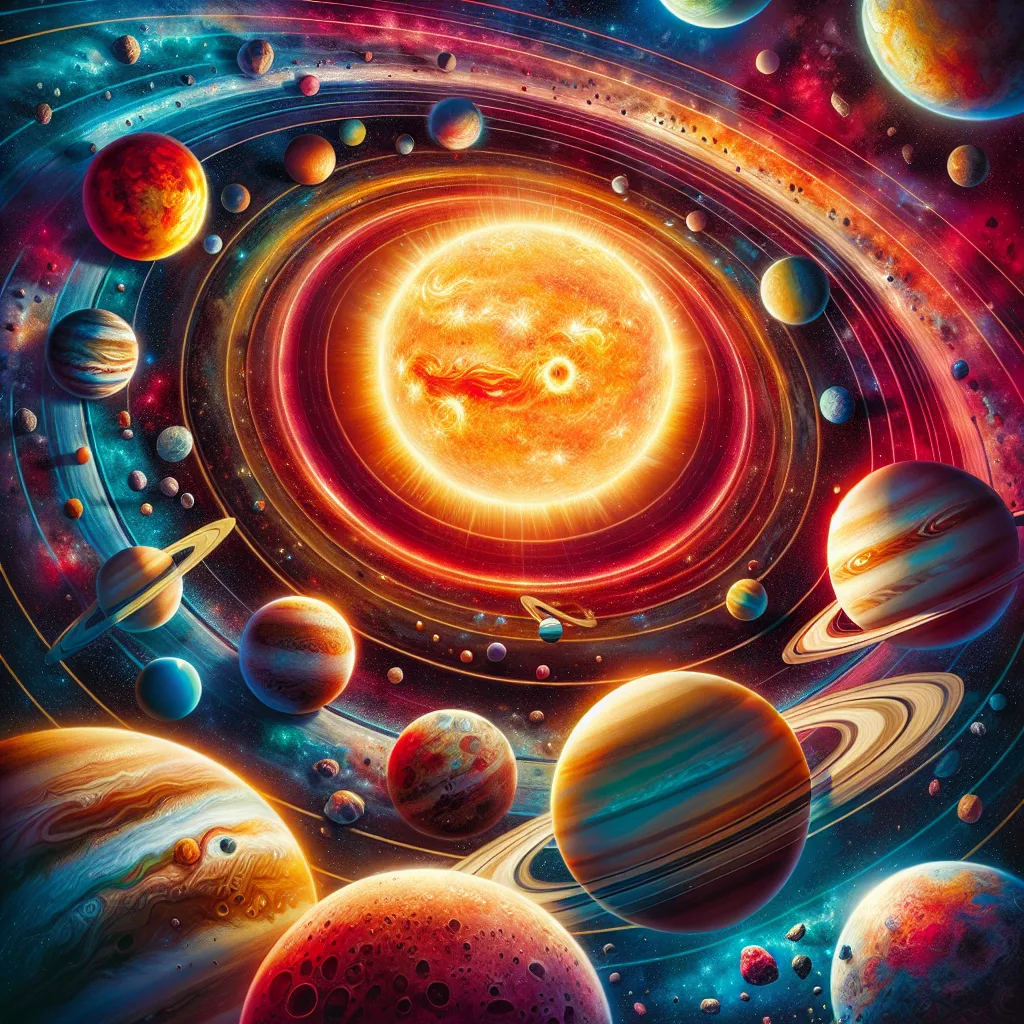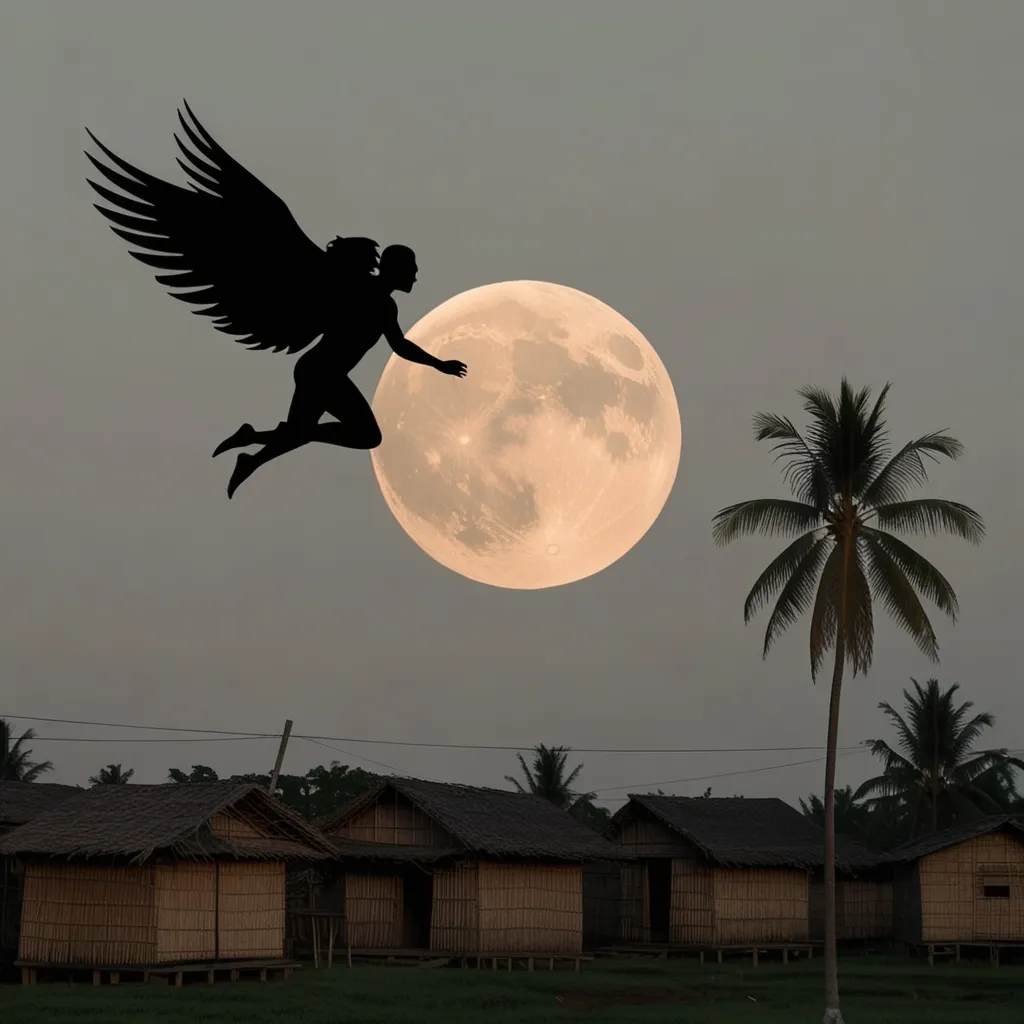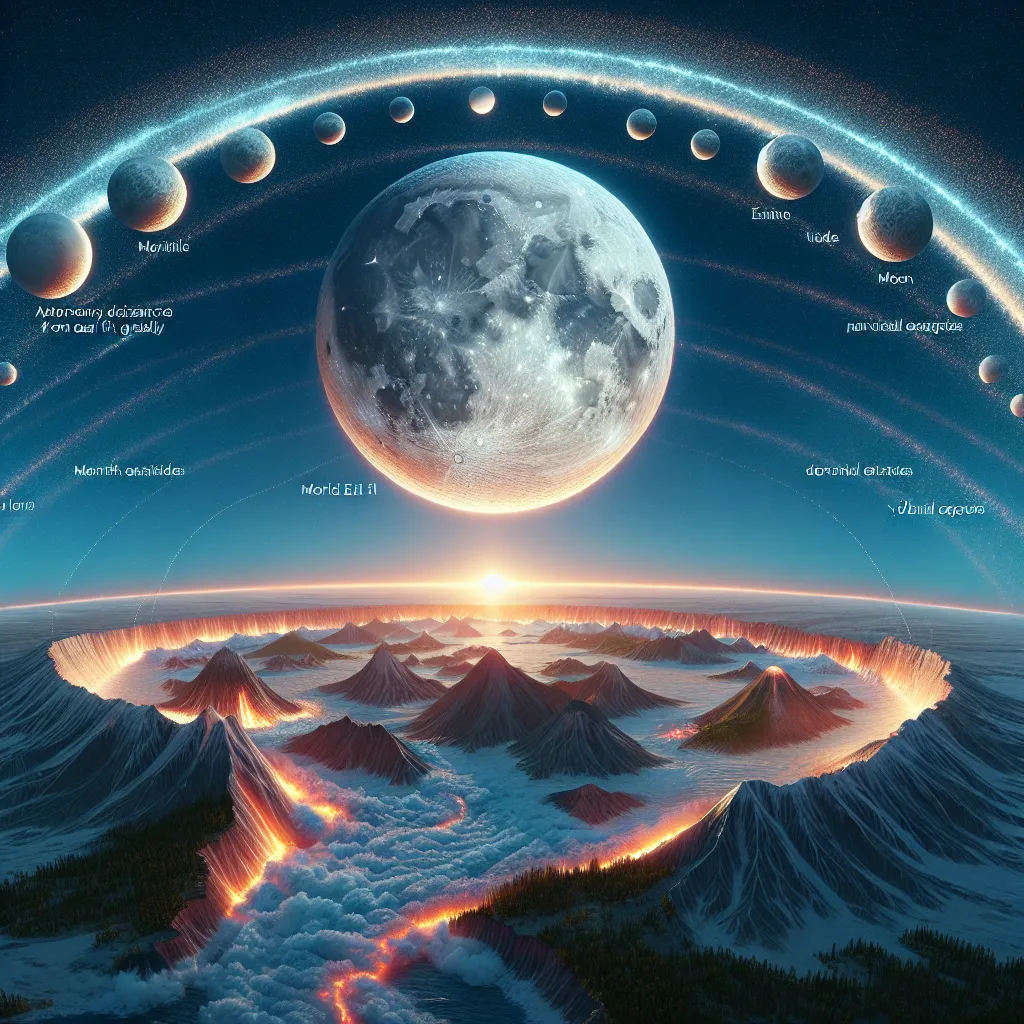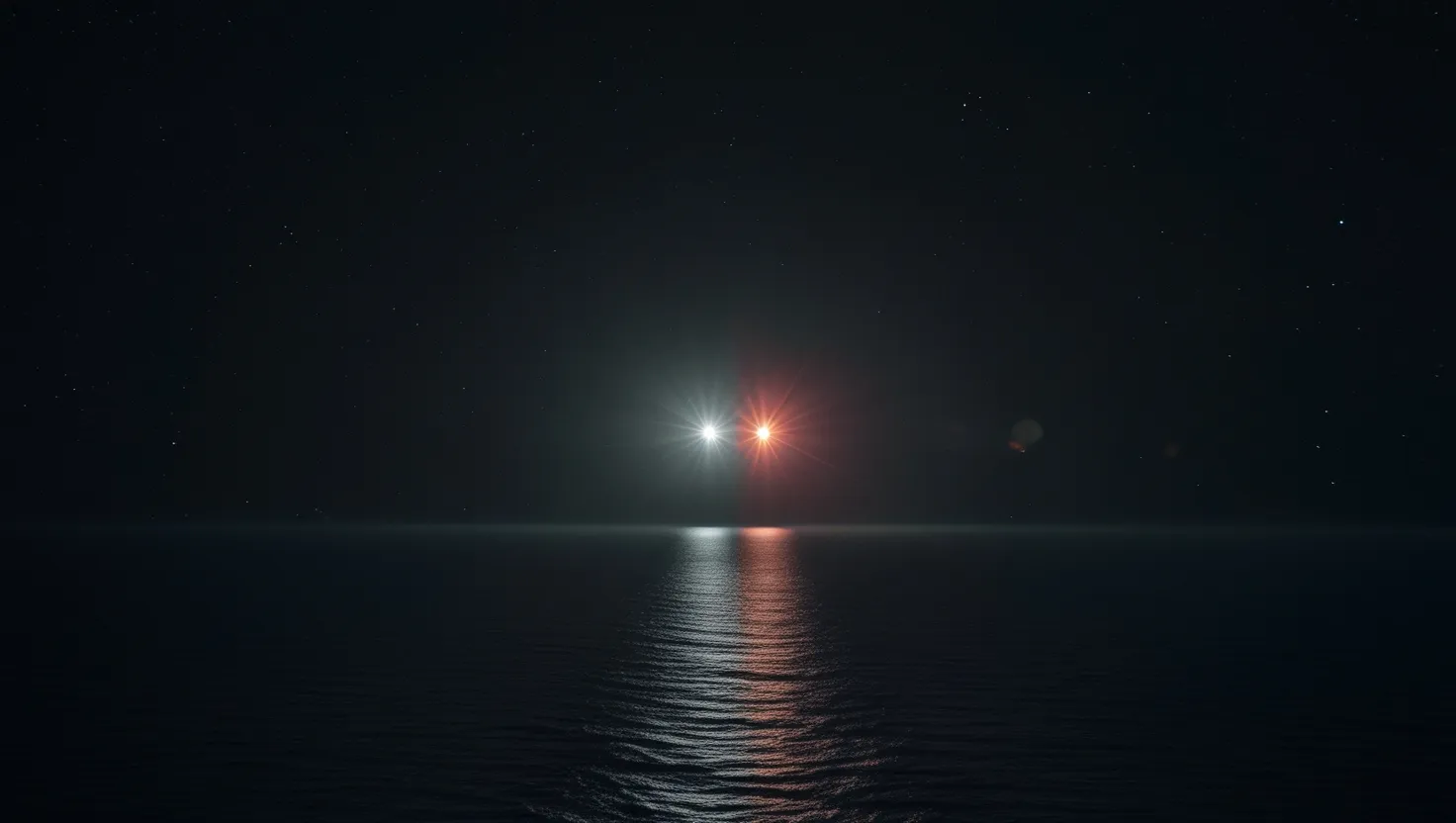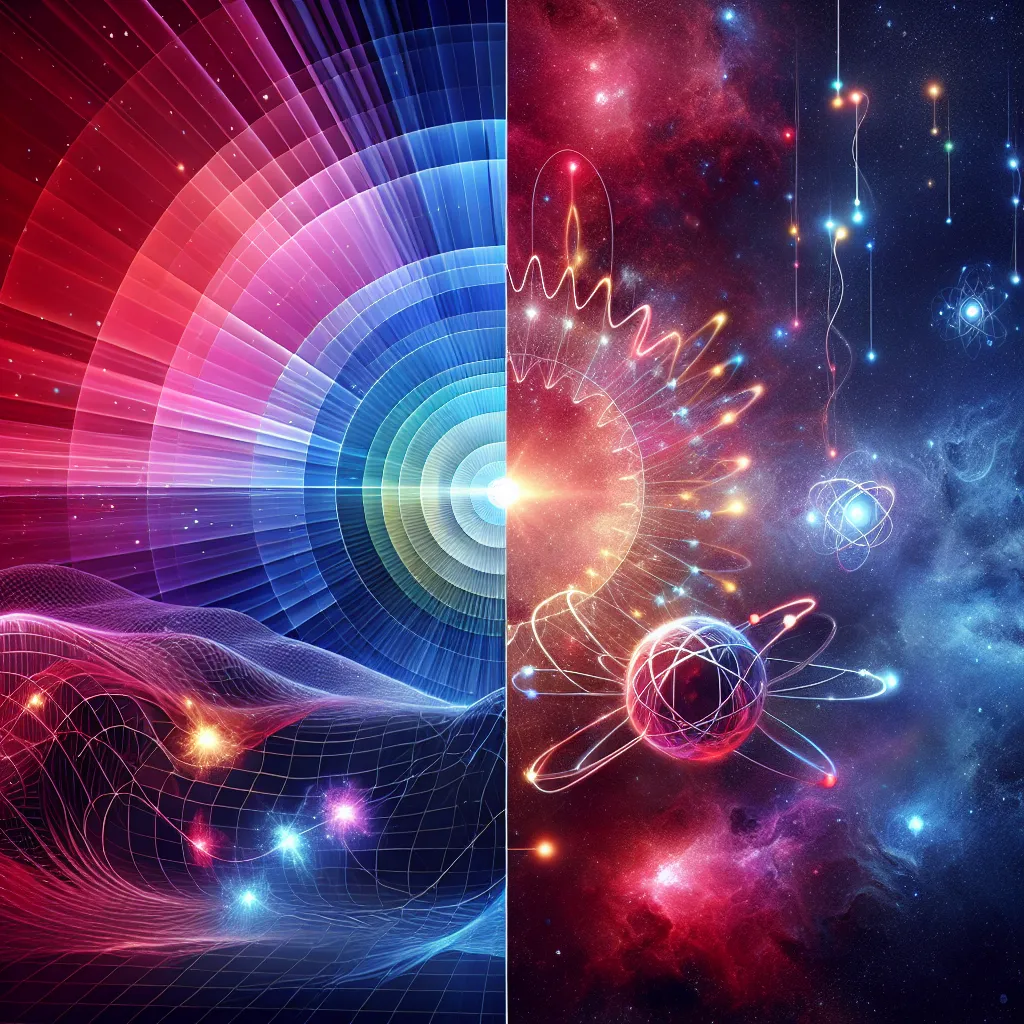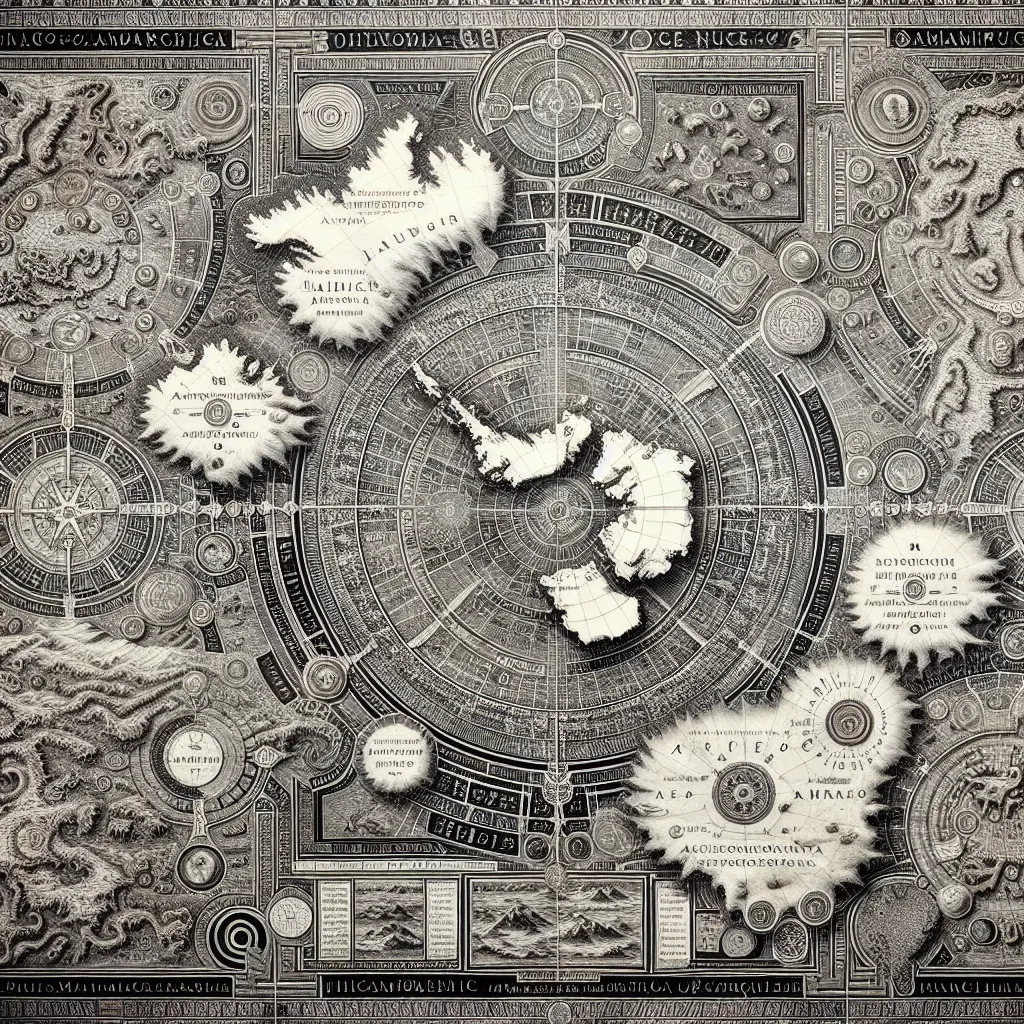Exploring Our Solar System: A Journey Through Our Cosmic Neighborhood
We reside in a peaceful corner of the Milky Way, within a fascinating formation known as the solar system. Formed about four and a half billion years ago, our solar system dashes around the galactic center at a staggering 200,000 kilometers per hour, completing a full orbit once every 250 million years.
At the center of this cosmic dance is our star, the Sun. Orbiting the Sun are eight planets, along with countless asteroids, comets, and a few dwarf planets. These planets are divided into two main groups: the rocky planets and the gas giants.
The rocky planets include Mercury, Venus, Earth, and Mars. Mercury, the smallest and lightest planet, has a year shorter than its day, causing extreme temperature changes. Venus, with its out-of-control greenhouse effect, is the hottest planet and shines brilliantly in our sky.
Earth, our home, is the only planet known to sustain life, thanks to its moderate temperatures and liquid water. Mars, often called the Red Planet, hosts Olympus Mons, the largest mountain in the solar system.
The gas giants are Jupiter, Saturn, Uranus, and Neptune. Jupiter is the largest and most massive planet, with its iconic Great Red Spot, a storm three times the size of Earth. Saturn, famous for its stunning ring system, has such low density it could theoretically float in water.
Uranus stands out with its sideways rotation, making it unique among the planets, while Neptune, the farthest planet, experiences the solar system’s most intense wind speeds.
Looking at the size differences among the planets, Jupiter is indeed the giant, holding 70% of the mass of all the other planets combined. This immense mass helps protect Earth by attracting large asteroids.
The Sun dwarfs Jupiter, comprising 99.86% of the solar system’s mass. It powers itself by fusing hydrogen into helium, providing the energy that drives life on Earth.
In addition to the planets, the solar system is home to two main asteroid belts: the asteroid belt between Mars and Jupiter and the Kuiper belt at the system’s edge. These belts, filled with objects ranging from tiny dust particles to dwarf planets like Pluto, are surprisingly sparse despite their names.
Our solar system will not last forever. In about 500 million years, the Sun will heat up to the point where it will likely consume Mercury, Venus, and possibly Earth. Eventually, it will shed its outer layers and become a white dwarf, marking the end of our solar haven.
Though the Milky Way will remain largely unaffected, life within our solar system will face an inevitable end unless humankind finds a new home among the stars.
